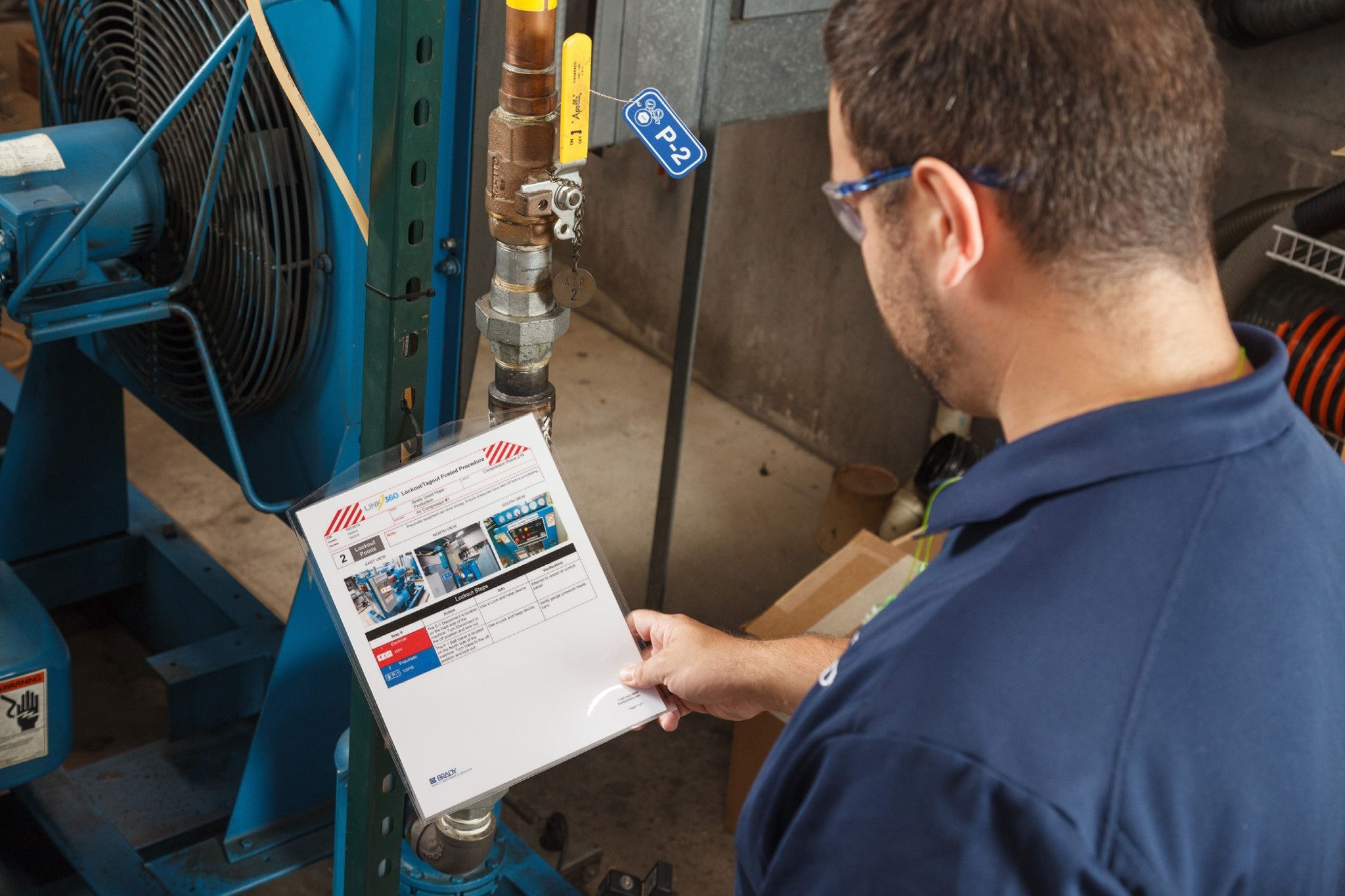How to Develop an Effective Lockout Tagout Program for your Workplace
- Posted on
- 0

Developing an effective Lockout-Tagout (LOTO) program is critical for workplace safety, especially in environments where employees are exposed to hazardous energy sources. You can follow the following steps to create an effective Lockout-Tagout program for your workplace.
1. Understand Regulatory Requirements: Familiarize yourself with the relevant occupational safety and health regulations, such as OSHA in the United States, to ensure that your Lockout-Tagout Program complies with the required standards.
2. Identify Energy Sources: Begin by identifying all potential energy sources in your workplace. Create a comprehensive list of equipment and machinery that will be covered by the Lockout-Tagout Program.
3. Create a Written Lockout-Tagout Program: Develop a detailed written Lockout-Tagout Program document that includes policies, procedures, and responsibilities. Clearly outline the steps for implementing Lockout-Tagout, the roles of authorized employees, and the required training.
4. Risk Assessment: Conduct a thorough risk assessment to identify potential hazards associated with energy sources. Assess the severity of each hazard and use this information to determine the appropriate control measures within your Lockout-Tagout Program.
5. Equipment Inventory: Compile an inventory of all equipment and machinery covered by the Lockout-Tagout Program. Include details such as energy sources, isolation points, and the number of lockout points required.
6. Lockout-Tagout Procedures: Develop detailed lockout/tagout procedures for each piece of equipment in your program. Clearly outline the steps for shutting down, isolating, and securing energy sources, emphasizing the importance of adherence to these procedures.
7. Lockout Tagout Devices: Select suitable Lockout-Tagout devices for your equipment. Ensure that these devices are durable, easily identifiable, and standardized within your organization. Personal locks and tags for employees should be provided, and the program should specify the circumstances for group lockout.
8. Employee Training on Lockout Tagout Program: Conduct thorough training for all employees involved in the Lockout-Tagout Program. Training should cover the significance of LOTO, proper procedures, equipment-specific details, and emergency response protocols. Regular refresher courses should be part of the training program.
9. Periodic Inspections: Establish a schedule for periodic inspections to ensure that Lockout-Tagout procedures are being followed correctly. Regularly inspect equipment, locks, and tags to identify any defects or issues that require attention.
10. Documentation and Recordkeeping: Maintain detailed records of all Lockout-Tagout activities, including procedures, training sessions, inspections, and any incidents. Comprehensive documentation is crucial for assessing the effectiveness of the Lockout-Tagout Program and ensuring accountability.
11. Review and Update Lockout Tagout Program: Regularly review and update your Lockout-Tagout Program to incorporate changes in equipment, technology, or regulations. Continuous improvement is essential for maintaining a safe work environment.
12. Emergency Response in Lockout-Tagout Program: Develop and communicate emergency response procedures within the Lockout-Tagout Program in case unexpected situations arise during Lockout-Tagout activities.
By incorporating these steps into your Lockout-Tagout Program, you can establish a comprehensive and effective safety framework in your workplace, minimizing the risk associated with hazardous energy sources.
Read more about safety padlocks, safety lockouts, interlock blocking device, shadow boards, lockout stations, lockout kits.



















Comments
Be the first to comment...